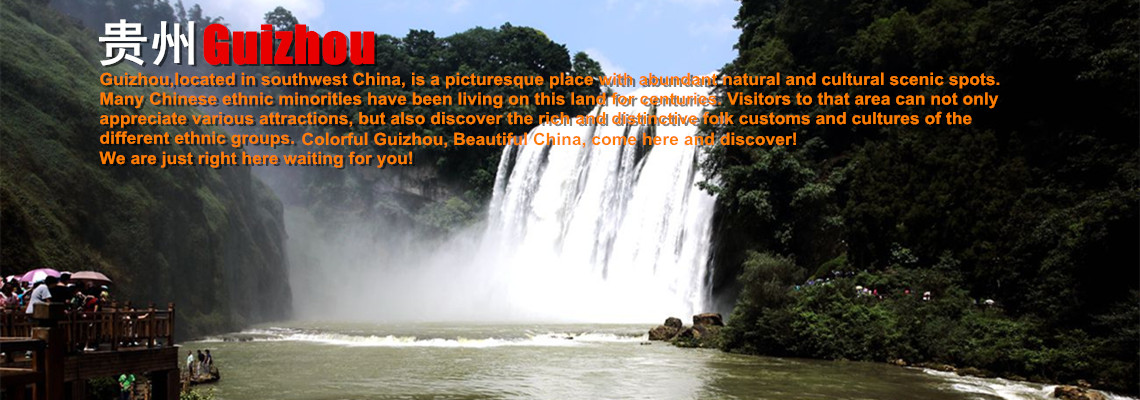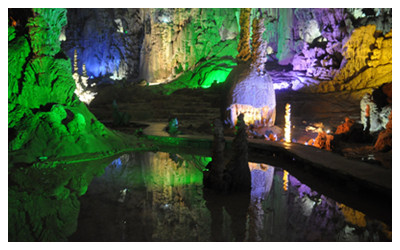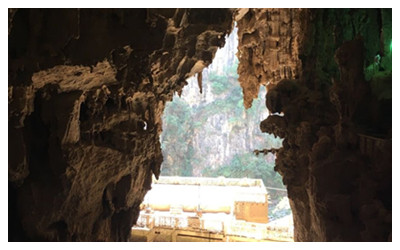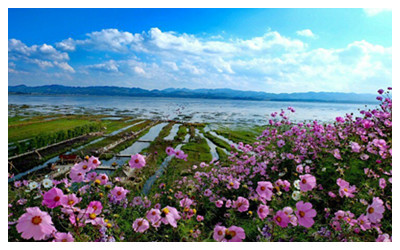Skype: neodalle-travel
Tel: +86 135 7447 2266
E-mail: sales@visitaroundchina.com

Facts of Bijie
Chinese Name: 毕节 (bì jié)
Population: 7,320,000
Area: 26,853 square kilometers (10,368 square miles)
Nationalities: Han, Yi, Miao, Bouyei
Administrative Division: 1 autonomous county (Weining Yi Hui and Miao Autonomous County); 6 counties (Dafang, Qianxi, Jinsha, Zhijin, Nayong, Hezhang); 1 county-level city (Bijie)
History of Bijie
Before the Ming Dynasty (1368-1644) established an administrative unit in this area, Bijie was governed by several kingdoms of ethnic minorities.
What to see in Bijie?
Bijie has a typical karst land formation. It is located on the versant from the plateau in southern Yunnan to the hilly area in the central part of the province. The terrain is mountainous and descends from the west to the east.
 |
 |
 |
Zhijin Cave Scenic Area |
Jiudongtian Scenic Area |
Caohai Lake |
When to visit Bijie?
Most parts of Bijie belong to the subtropical zone, enjoying a humid monsoon climate. The weather is moderate without bitter chilliness in the winter and intense heat in summer. Its rainfall mainly concentrates in the period from May to September.
Bijie is an ideal summer resort. If visitors come to see the flaming azaleas, March and April are the months when the land is aflame with red color. If visitors come for bird-watching, November to April is the best time to visit. Keeping warm should be given the first priority at this time!
How to get to Bijie?
About three hours are needed to get from Bijie to Guiyang. There are no trains operating in this region, so visitors should get to Guiyang, Liupanshui and other cities in Guizhou Province, then take buses to here and scenic spots in the region.
Special Local Products: Lacquer of Dafang County, dictyophora indusiata (Chinese mushroom) of Zhijin County, wine of the Yi ethnic minority
Useful Telephone Numbers:
Tourist Complaints: 0857-8236760, 8223528
Weather Forecast: 121
Zip Code Inquiries: 184
Bank of China: 0857-221226
 Ask Questions ?
Ask Questions ?